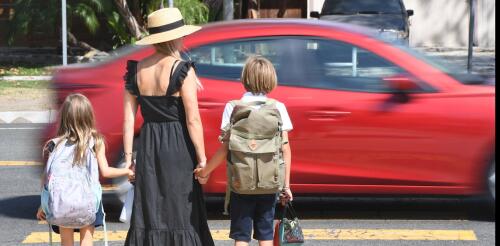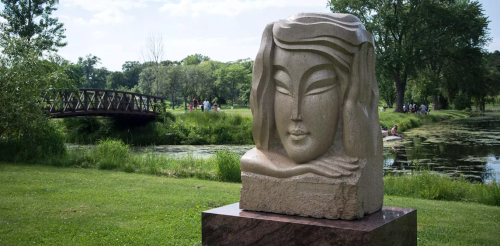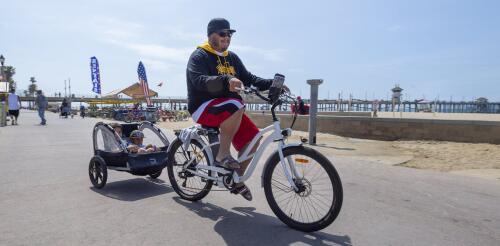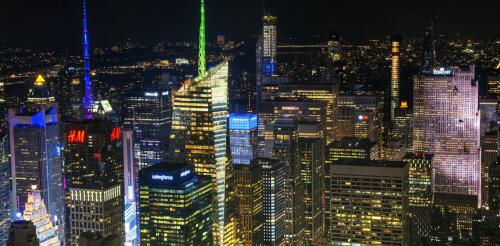Sustainable cities
It took a global pandemic to convince American businesses that their employees could work productively from home, or a favorite coffee shop. Post-COVID-19, employers are struggling to find the right balance of in-office and remote work. However, hybrid work is likely here to stay, at least for a segment of workers. This shift isn’t just changing lifestyles – it’s also affecting commercial spaces. Office vacancy rates post-COVID-19 shot up almost overnight, and they remain near 20% nationwide, the highest rate since 1979 as tenants downsize in place or relocate. This workspace surplus is putting pressure on existing development loans and leading to defaults or creative refinancing in a market already plagued by higher interest rates. Office tenants with deeper pockets have gravitated to newer and larger buildings with more amenities, often referred to as Class A or “trophy” buildings. Older Class B and C buildings, which often have fewer amenities o...
“Can you name the truck with four-wheel drive, smells like a steak, and seats 35?” Back in 1998, “The Simpsons” joked about the Canyonero, an SUV so big that they were obviously kidding. At that time, it was preposterous to think anyone would drive something that was “12 yards long, two lanes wide, 65 tons of American Pride.” In 2024, that joke isn’t far from reality. And our reality is one where more pedestrians and bicyclists are getting killed on U.S. streets than at any time in the past 45 years – over 1,000 bicyclists and 7,500 pedestrians in 2022 alone. Vehicle size is a big part of this problem. A recent paper by urban economist Justin Tyndall found that increasing the front-end height of a vehicle by roughly 4 inches (10 centimeters) increases the chance of a pedestrian fatality by 22%. The risk increases by 31% for female pedestrians or those over 65 years, and by 81% for children. It’s hard to argue with physics...
What makes a city a good place to live? Practical features are important, such as well-maintained streets, good public transit and reliable trash collection. So are amenities that make cities attractive and interesting, such as museums and public parks. Access to green space is especially valuable for residents who may not be able to travel easily beyond city limits. On May 22, 2024, the nonprofit Trust for Public Land released its annual ParkScore report which ranks U.S. cities based on the quality of their parks. Beyond tallying how many parks a city has, the rankings also consider the share of residents who live within 10 minutes’ walk of a park. This recognizes that in the U.S. and other wealthy countries, affluent white neighborhoods often have more parks than low-income areas and communities of color. Access is important, but I believe making people feel included and welcome is equally important. If parks do this well, people will be more willing to use them. I a...
E-bikes have captured widespread attention across the U.S., and for good reason. They are the most energy-efficient way to move from place to place, providing exercise in the process, and offer enough assistance while pedaling uphill or into headwinds to make them usable for many types of riders. Greenhouse gas emissions from e-bikes are much lower than those from either gasoline-powered or electric cars. Some cities and states are encouraging the use of e-bikes by providing purchase incentives, often drawing on public funds dedicated to curbing climate change. Currently, over 100 cities and states have or plan to launch e-bike incentive programs, most funded by energy or environment initiatives. However, there has been little research on the effectiveness of these types of programs, how to design them or how to define goals. We study transportation from many angles, including innovation, sustainability and economics. Our new study, published in the journal Transportation Res...
Light pollution has steadily intensified and expanded from urban areas, and with the advent of LED lighting, it is growing in North America by up to 10% per year, as measured by the visibility of stars in the night sky. In our recent study, we found that the glow from cities and urban outskirts can powerfully attract migratory birds, drawing them into developed areas where food is scarcer and they face threats such as colliding with glass buildings. Each spring and fall, migratory birds journey to or from their breeding grounds, sometimes traveling thousands of miles. En route, most birds need to make stopovers to rest and feed. Some species burn off half of their body mass during migration. Migratory stopover sites are not random, and birds typically use the same locations from year to year. Because migration takes place on a continental scale, with billions of birds crossing North America each migratory season, it’s important for scientists to understand what attracts bi...




